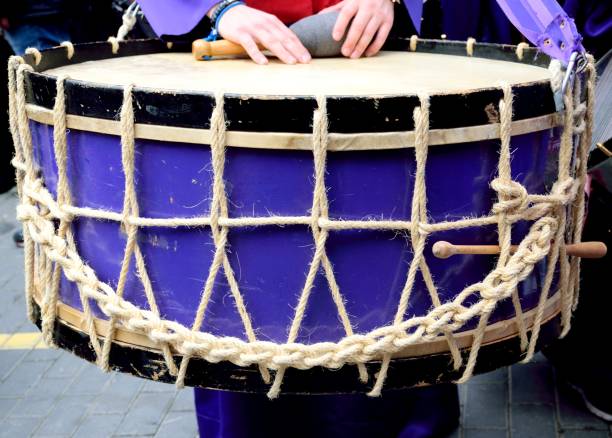Drumming as a fundamental component in music has evolved from being a mere background instrument to being a central feature in festivals around the world, shaping cultural events, and community functions. Drumming is not just about playing or dancing; it brings people together, sharing cultures and feeling the profound heartbeat of the attendees.

In Brazil for example during carnival or in India for Holi, drumming is not just an accompaniment to the festivities but it is the very essence of the festival. In Brazil, the beat of the batucada drums involved in samba parades and dances was firmly establishing the rhythm of joy into the Carnival. Likewise, during Holi, dhol players accompany the festival of colors by playing their instruments and the music helps to make everyone happy and dance.
It is not only entertaining, but it also serves to enhance these festivals as the means of uniting various groups of people with the help of the language of drums. Such a shared physical pulse can erode divisions and bring people together in a state of happiness that is one of the defining features of such events.
However, the importance of education in festivals cannot be overemphasized, especially when it comes to the education that comes with drumming. A number of workshops including dancing and interactive drumming sessions are also arranged to give the audience a practical feel of the music and the cultural aspect of drumming across the globe. Such experiences enhance the cultural value of the festival and enhance the participants’ understanding of the drumming arts.
Even now with the active participation of the group at international festivals, the art of drumming becomes more and more innovative, incorporating new influences and technologies while still being grounded in the traditional rhythms. This is more evident at these functions where drums are effective in bringing people together in celebrations and energizing the spirit within them.
